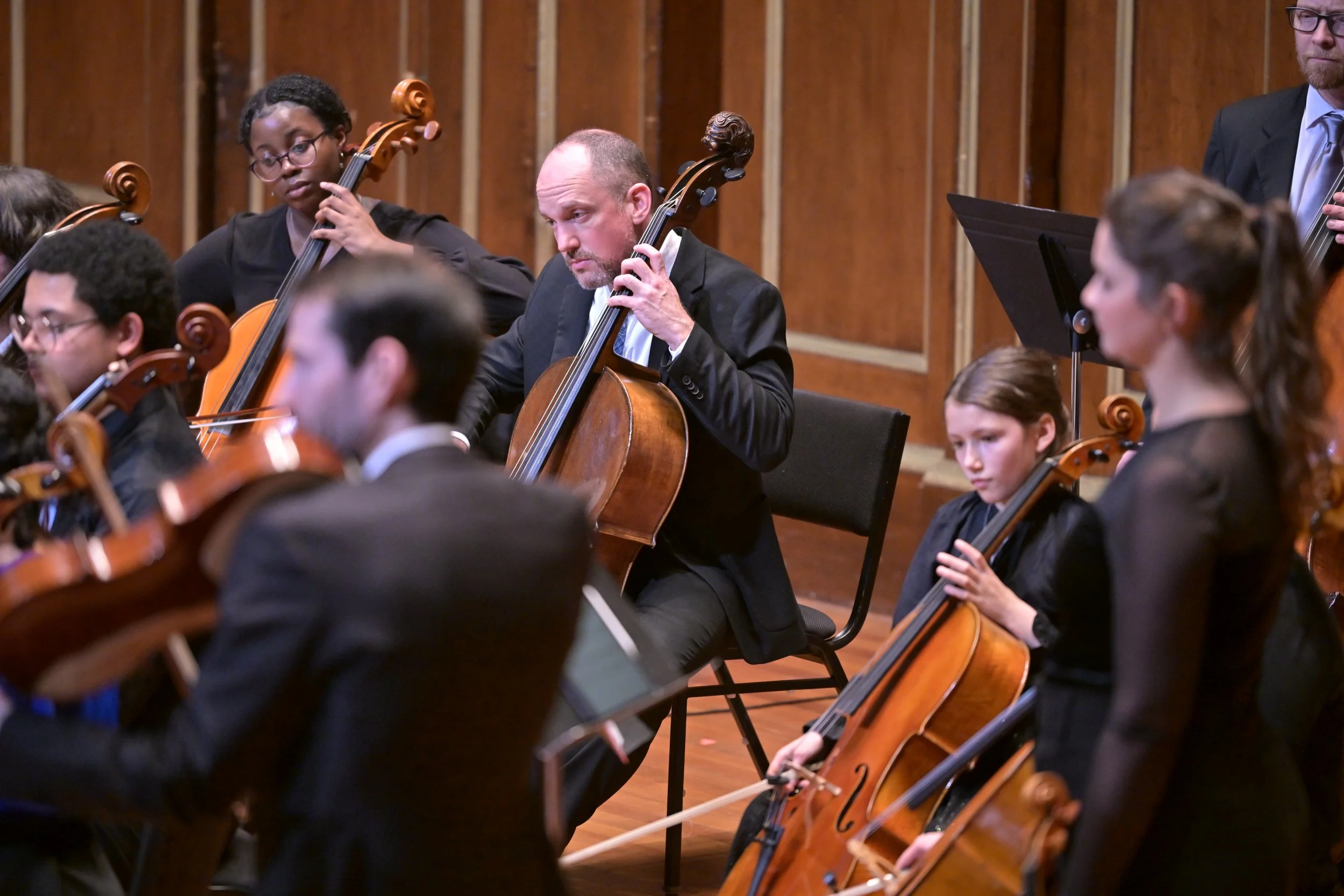There’s a reason why the Goldberg Variations do what they do.
But what – exactly – is it?
I can’t say that that was the specific question on my mind when I first proposed this project to the members of A Far Cry. But it wasn’t far off, either.
The Variations are such an amazing study in creativity; in the power of mathematics, in the use of memory in music. They conjure up worlds, one by one. Big ones, small ones, profound ones, funny ones, cathartic, tragic, egotistical, jazzy, pastoral, you name it, JSB has it warmed up and waiting for you.
That’s why arranging them is such a pleasure. So many different things are possible – and the greater the forces at your disposal, the further down the rabbit hole you can go. The thing is: each variation is perfect for keyboard but also holds little clues within it that open up more possibilities. Is it evoking a trio sonata? A French overture? Or is it channeling a jazz bar with a perfectly swinging bass line? What about that Quodlibet?
But that sense of possibility also opens the door to a danger: in releasing – or evoking - the spirit inhabiting the variation by re-arranging it, you’ve now produced a perfectly nice… arrangement. Well, that’s great. But why not simply stick to the keyboard version and let the listeners create their own evocations for themselves? Why mess with it?
This is exactly why we knew that one of the most important things we’d have to do to make this meaningful would be to partner with an exquisite keyboardist who loved the Goldberg Variations as much as we did. I still can’t believe Simone Dinnerstein said yes to us when we approached her with this idea… but she did. And that made all the difference.
With Simone’s presence in these arrangements, we can actually combine what Bach wrote with what he implied. Sometimes, it’s as simple as having a variation played by the strings repeated by the piano, or vice versa. (Those repeats are really, really necessary – they make the piece three-dimensional! And we exploit most of them; it’s rare that we won’t explore new territory on a repeat.)
But really, that’s just the beginning. It can be just as fun to have the piano and strings intermingle, and there are a million ways to do that, tracing Bach’s different figures and pulling them apart, looking at them from every possible direction.
Fundamentally, what I love about arranging with these forces is that I never feel as though I’m arranging the Goldberg Variations “for” anything. Instead, I simply feel that I’m arranging the Goldberg Variations. It may seem like a small difference, but it puts you in a place defined by possibility and creativity, instead of restriction. If anything, as these variations continue to evolve and to grow, I hope that they move beyond anything I’ve imagined so far… into a new realm of creative purpose.
We’ll see how it goes!
- Sarah Darling


